Get the latest machine learning algorithms and techniques
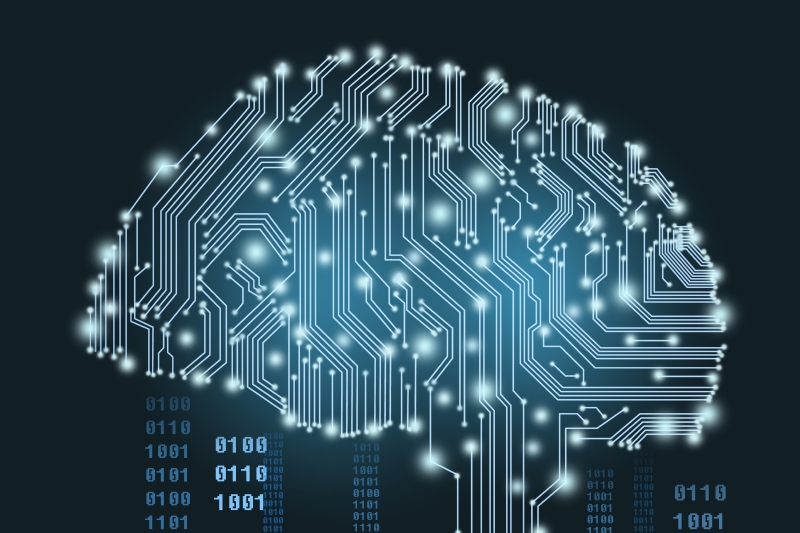
Find out more about the importance and processes involved in model evaluation to become a more productive member of any analytical team
Get the latest machine learning algorithms and techniques

Find out more about the importance and processes involved in model evaluation to become a more productive member of any analytical team

En el vertiginoso mundo de la analítica, la teoría es fundamental, pero la experiencia práctica es la que realmente marca la diferencia. En SAS, lo sabemos bien. Por eso, hemos forjado una alianza estratégica con la Universidad Carlos III de Madrid para impulsar el talento emergente, brindándoles la oportunidad de
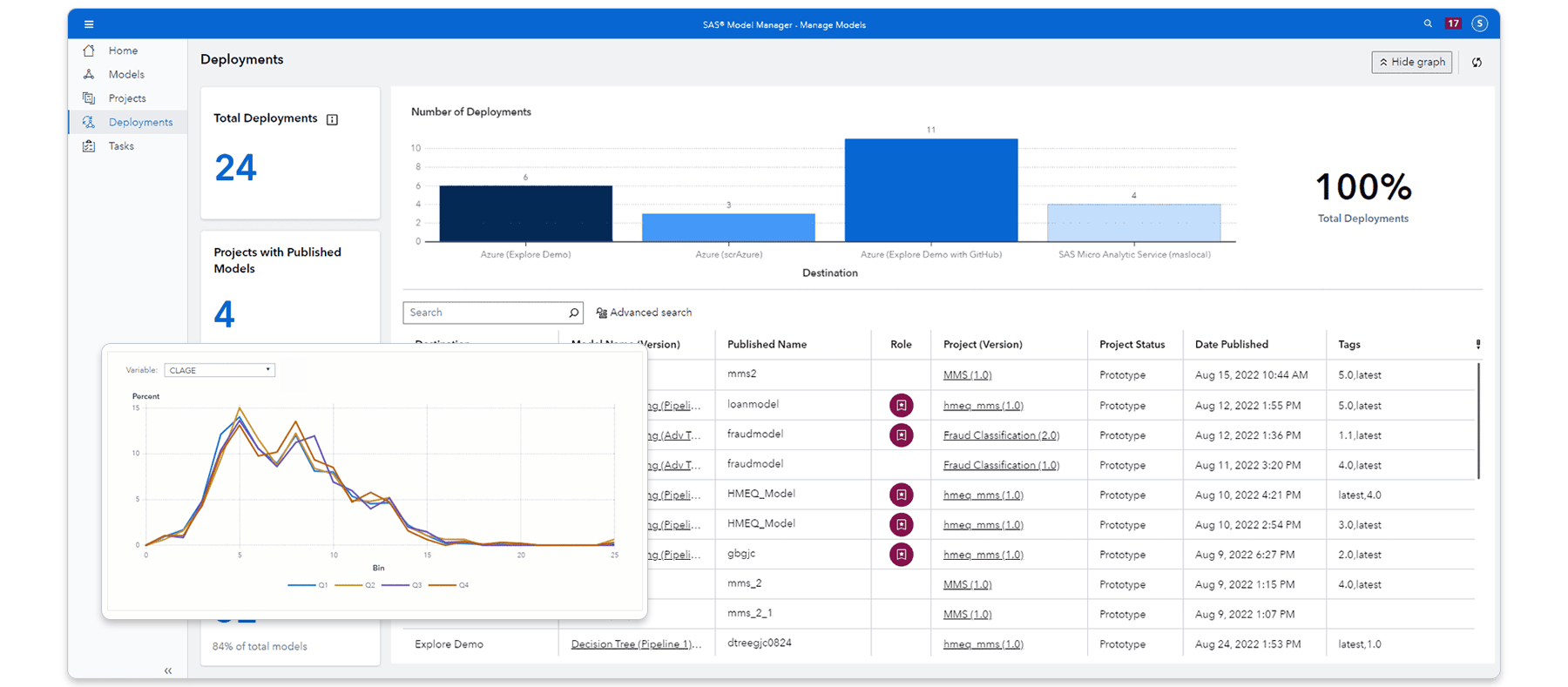
SAS Viya Workbench integrates seamlessly with SAS Model Manager for SAS model deployment and monitoring.

Par Yulia Paramonova, Sr Associate Systems Engineer, SAS Viya Experience : quand l'analytique devient un jeu d’enfant En 2024, nous avons eu le privilège d’animer 20 ateliers Viya Experience, rassemblant 108 participants venant de 36 entreprises différentes. Ces sessions interactives ont permis à des professionnels de tous horizons de tester

업계 탑 애널리스트 평가 결과, SAS 바이야(Viya)는 AI/ML 개발 및 의사 결정의 모든 단계에서 리더십을 입증했습니다. 최고의 애널리스트 회사들은 오랫동안 SAS와 SAS 기술력의 우수성을 인정해 왔습니다. 이러한 높은 평가는 2024년에도 변함이 없었습니다. SAS와 SAS 바이야 플랫폼은 지난해에도 AI/ML 개발 및 의사 결정 부문의 리더임을 다시 입증 받았습니다. 실제로 SAS는 IDC,

SAS's Ann Kuo walks you through how SAS Tech Support developed an email classifier to clean up spam and misaddressed emails using SAS Viya's NLP-based text classifier
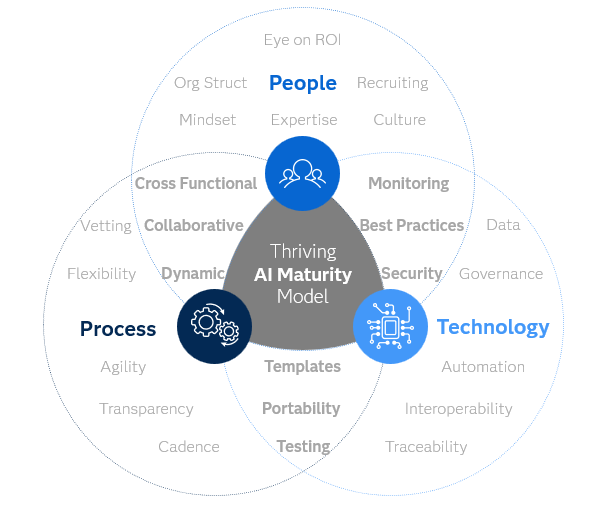
SAS' Sophia Rowland breaks down the roles of each team member in a long-term machine learning project and how they can better combine their efforts to increase efficiency and efficacy

It seems like every day, there’s a new study or report about how AI, GenAI and machine learning will transform industries. For Georgia-Pacific, this isn’t forward-looking speculation. It’s our reality. When we look at the innovation investments Georgia-Pacific has in play, we’re predicting a nine-figure return. We see $100 million

Como a IA está sendo usada no combate à fraude e, ao mesmo tempo, para orquestrar fraudes cada vez mais sofisticadas No início deste ano, um fato ocorrido em uma multinacional de Hong Kong mandou um recado importante para profissionais de combate à fraude. Em um incidente sem precedentes, a

El lavado de dinero se continúa posicionando como una de las principales problemáticas ilegales, por su asociación con actividades ilícitas y crímenes financieros. Un reporte de Global Financial Integraty, titulado “Crímenes Financieros en América Latina y el Caribe: entendiendo los desafíos de los países y diseñando respuestas técnicas efectivas”, estimó

La Inteligencia Artificial Generativa y la Inteligencia Artificial Predictiva son cada vez más utilizadas en el sector asegurador para predecir tendencias, demandas y optimizar operaciones. Sin embargo, de acuerdo con un estudio elaborado por Ernest and Young, el 50 % de los ejecutivos y responsables de áreas de tecnología no

Como a abordagem centralizada está transformando processos de avaliação e decisão nas empresas A importância de ter uma fonte central de informação para gerar insights valiosos dentro de uma organização é bem conhecida por líderes de tecnologia. Mas o que antes era considerado desejável, hoje se tornou essencial. Empresas na

개발자와 모델러는 데이터를 찾고 검증하거나 부서간에 협업할 때, 그리고 작업 결과를 엔터프라이즈 플랫폼에서 운영할 때 여러 문제에 직면합니다. 데이터 분석 및 머신 러닝 모델에 셀프 서비스 방식의 온디맨드 컴퓨팅 환경을 사용하면 생산성과 성능을 높이는 동시에 IT 지원과 비용을 최소화할 수 있습니다. 지난 7월 출시된 SAS Viya Workbench(바이야 워크벤치)는 클라우드 환경의
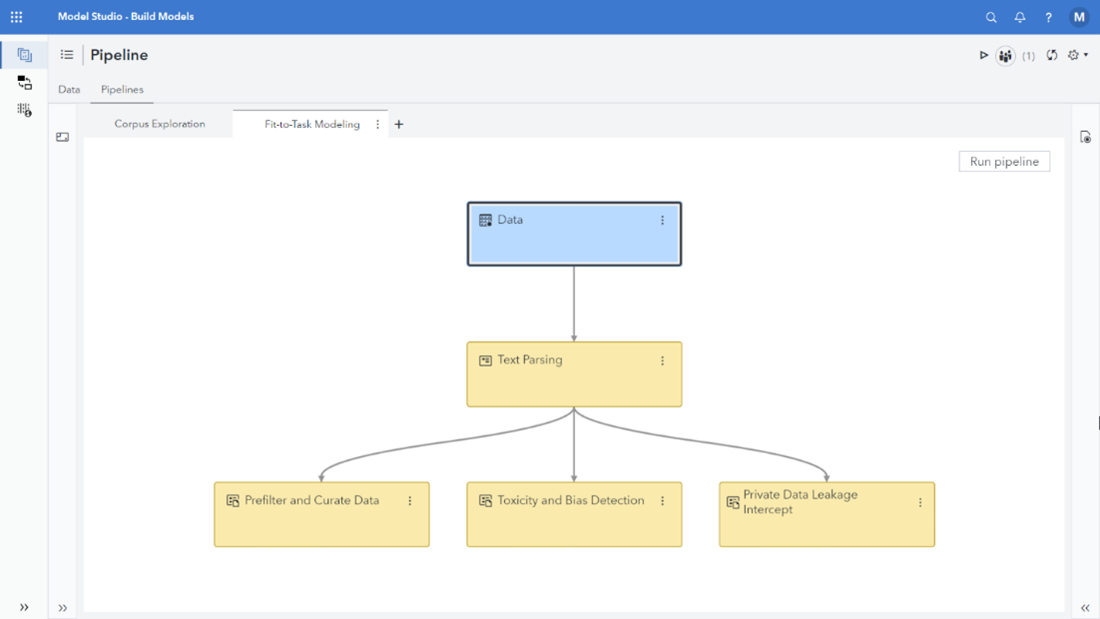
We often hear about cyberattacks, hackers, ransomware, and other nefarious deeds in the news, but not all data breaches are caused by third parties.

As part of this year's IEEE Visual Analytics Science and Technology (VAST) Challenge, a group of SAS data scientists puit SAS Viya and related machine learning tools to the ultimate test - to identify individuals in a complex fishing network. Excitedly, the team received the Honorable Mention Award for Breadth of Investigation!

What sets the SAS Model Card apart from previous model cards is the use of descriptive visuals, to make model cards accessible to all personas involved in the analytics process, including data scientists, data engineers, MLOPs engineers, managers, executives, risk managers, business analytics, end-users, and any other stakeholder with access to the SAS Viya environment.

When using LLMs, managing toxicity, bias, and bad actors is critical for trustworthy outcomes. Let’s explore what organizations should be thinking about when addressing these important areas.

Learn how an intern integrated SAS Viya® and open-source code (Python) into a Machine Learning project to combine their strengths within the context of predictive modeling, and to show off the variety of ways this integration can be accomplished.
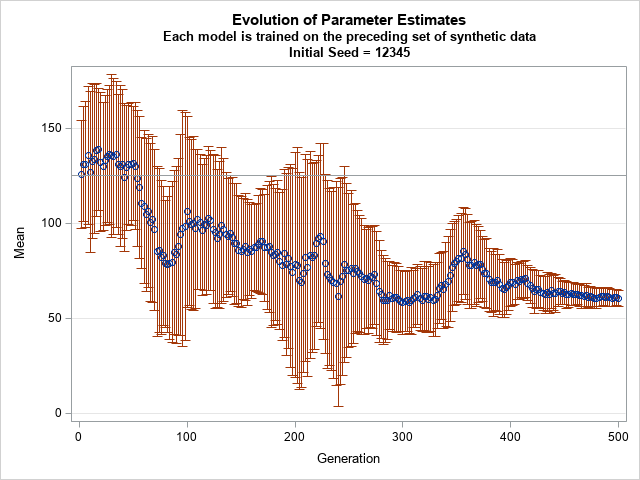
An article published in Nature has the intriguing title, "AI models collapse when trained on recursively generated data." (Shumailov, et al., 2024). The article is quite readable, but I also recommend a less technical overview of the result: "AI models fed AI-generated data quickly spew nonsense" (Gibney, 2024). The Gibney

Se integrada à estratégia da companhia, tecnologia pode e deve ajudar empresas de todos os setores a serem muito mais produtivas, mas é preciso separar o hype da realidade A inteligência artificial generativa tem capturado a atenção de líderes desde que ferramentas como o ChatGPT entraram em cena no final

A recent article came out with an updated list of necessary components for MLOps and LLMOps. And while this list may seem long, reading through the capabilities and components, I realized that SAS Viya already covers most of the required functionality. Organizations can have a hodgepodge of tools that they

Adding linguistic techniques in SAS NLP with LLMs not only help address quality issues in text data, but since they can incorporate subject matter expertise, they give organizations a tremendous amount of control over their corpora.

SAS Decision Builder is a decision intelligence solution, which means that it uses machine learning and automation to augment human decision-making for better and faster insights that drive tactical and strategic business decisions. It’s a cousin to business intelligence and the next step after data engineering and model training, completing the analytics lifecycle to help achieve business goals.
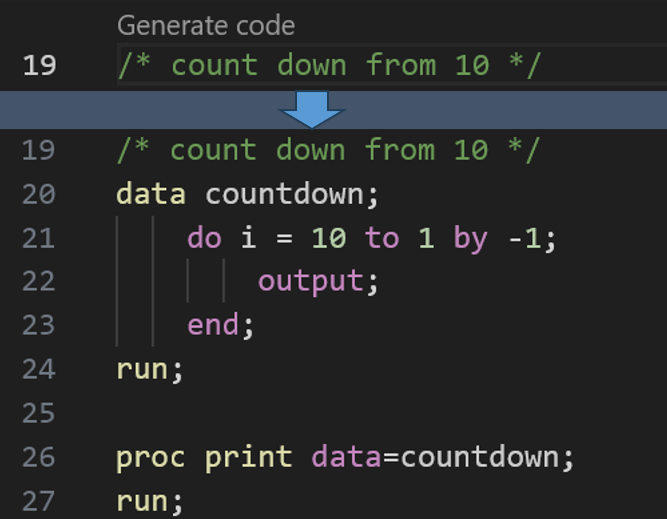
As announced and demonstrated at SAS Innovate 2024, SAS plans to include a generative AI assistant called SAS Viya Copilot in the forthcoming SAS Viya Workbench. You can submit a text prompt (by putting it in a comment string) and the Copilot will generate SAS code for you. My colleagues
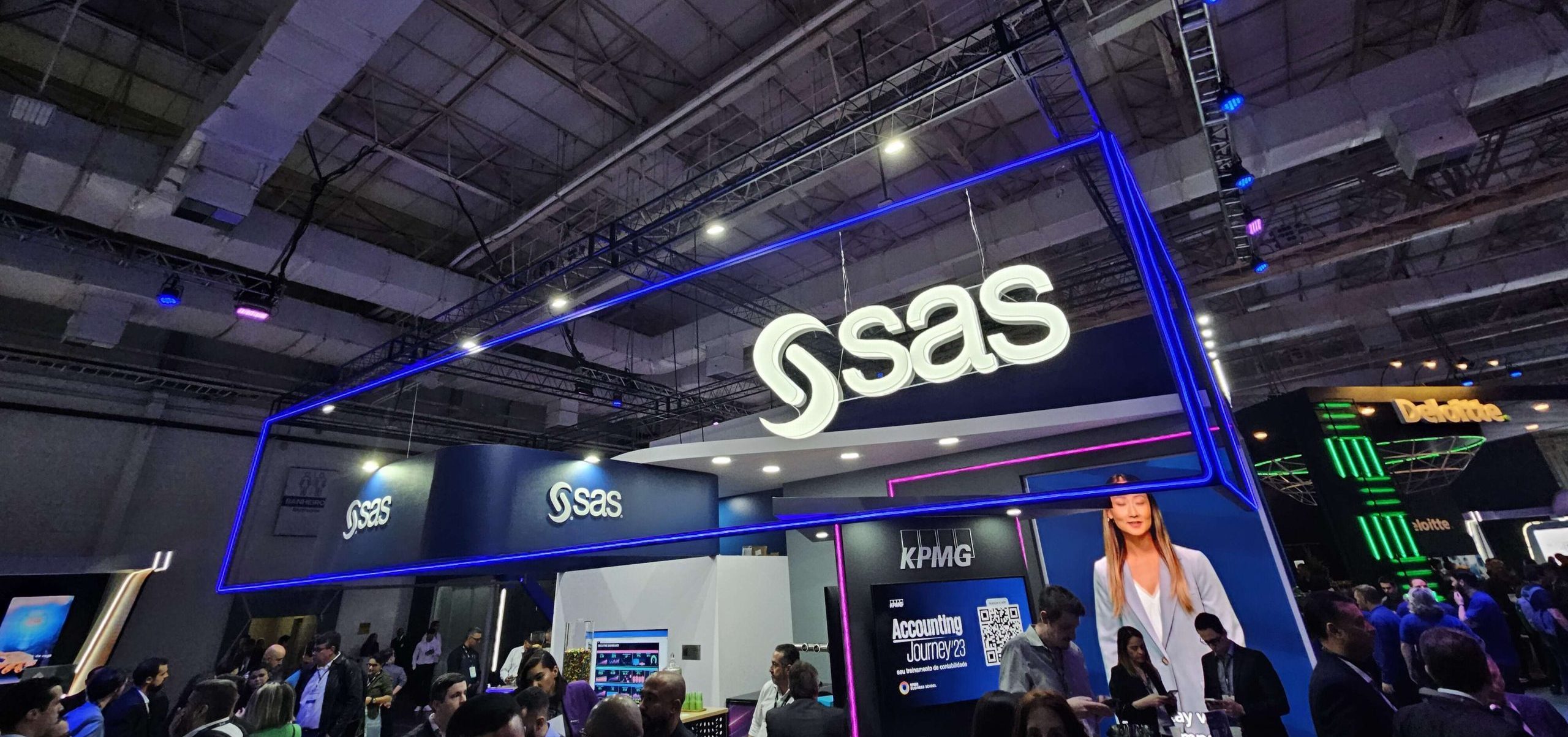
Neste ano, mais uma vez o SAS participará do evento FEBRABAN TECH, que acontece de 25 a 27 de junho, em São Paulo, no Transamérica Expo Center. Levaremos ao evento as últimas novidades de dados e IA para o setor financeiro, com uma novidade: dez palestras no estande sobre os

The new SAS Certified Specialist: Statistics for Machine Learning credential is designed to help you showcase your expertise and commitment to staying ahead in the industry.
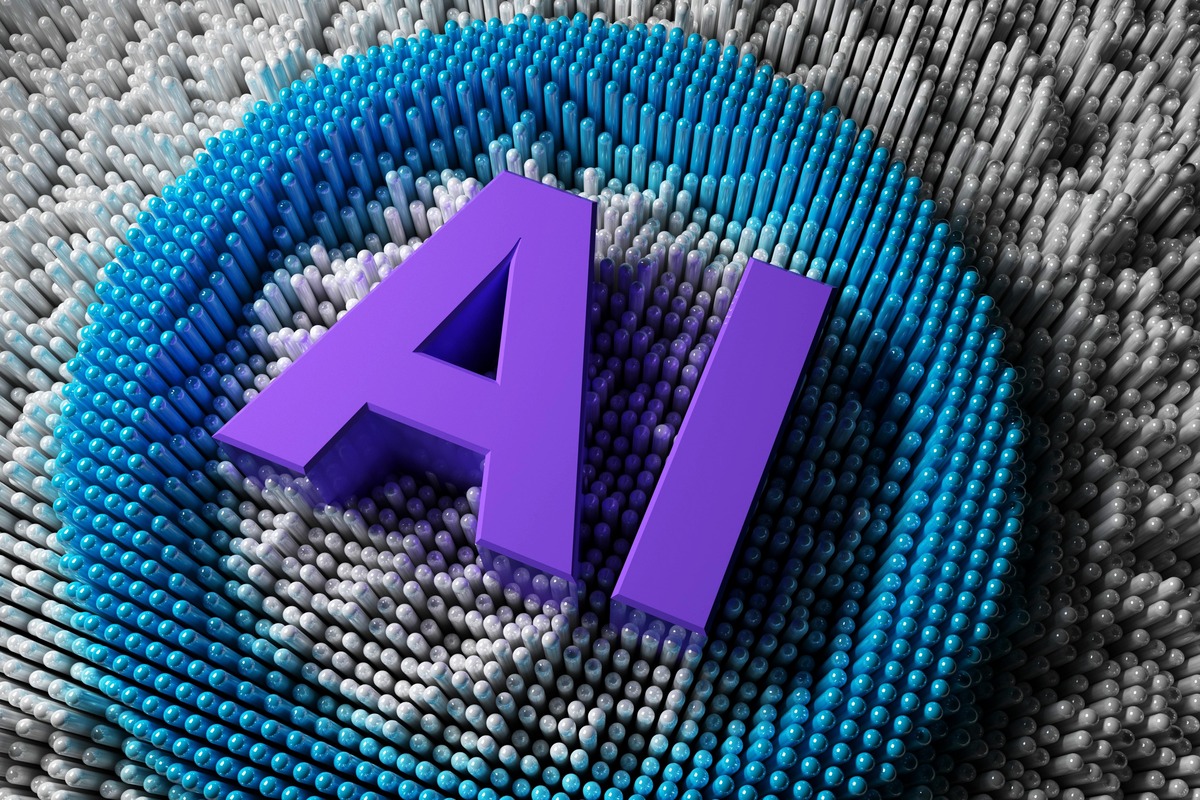
Una encuesta mundial de profesionales antifraude realizada por la ACFE y SAS revela un increíble entusiasmo por la IA generativa, pero estudios de referencia anteriores sugieren una realidad más difícil. La IA generativa ha cautivado la imaginación del público, y su poder y promesa parecen estar a punto de afectar

Well, there's another plot twist in the Google third-party cookie deprecation saga. After years of banter and shifting deadlines, Google has decided to abandon its plans to phase out third-party cookies from Chrome. What does this mean for marketers? Even though third-party cookies aren't being removed, Google is planning to

A relação entre a prevenção de fraudes e a experiência do cliente é indiscutivelmente estreita no mundo financeiro moderno. A análise de tendências atuais revela a importância da preservação dos dados como um fator crucial para organizações, impactando a confiança que clientes tem em empresas, a retenção deles - e,

While large language models (LLMs) have become synonymous with advanced AI capabilities, their integration into various business and technological domains is often accompanied by significant costs. These costs arise from the extensive computational resources required for training and running these models. However, traditional natural language processing (NLP) techniques offer a